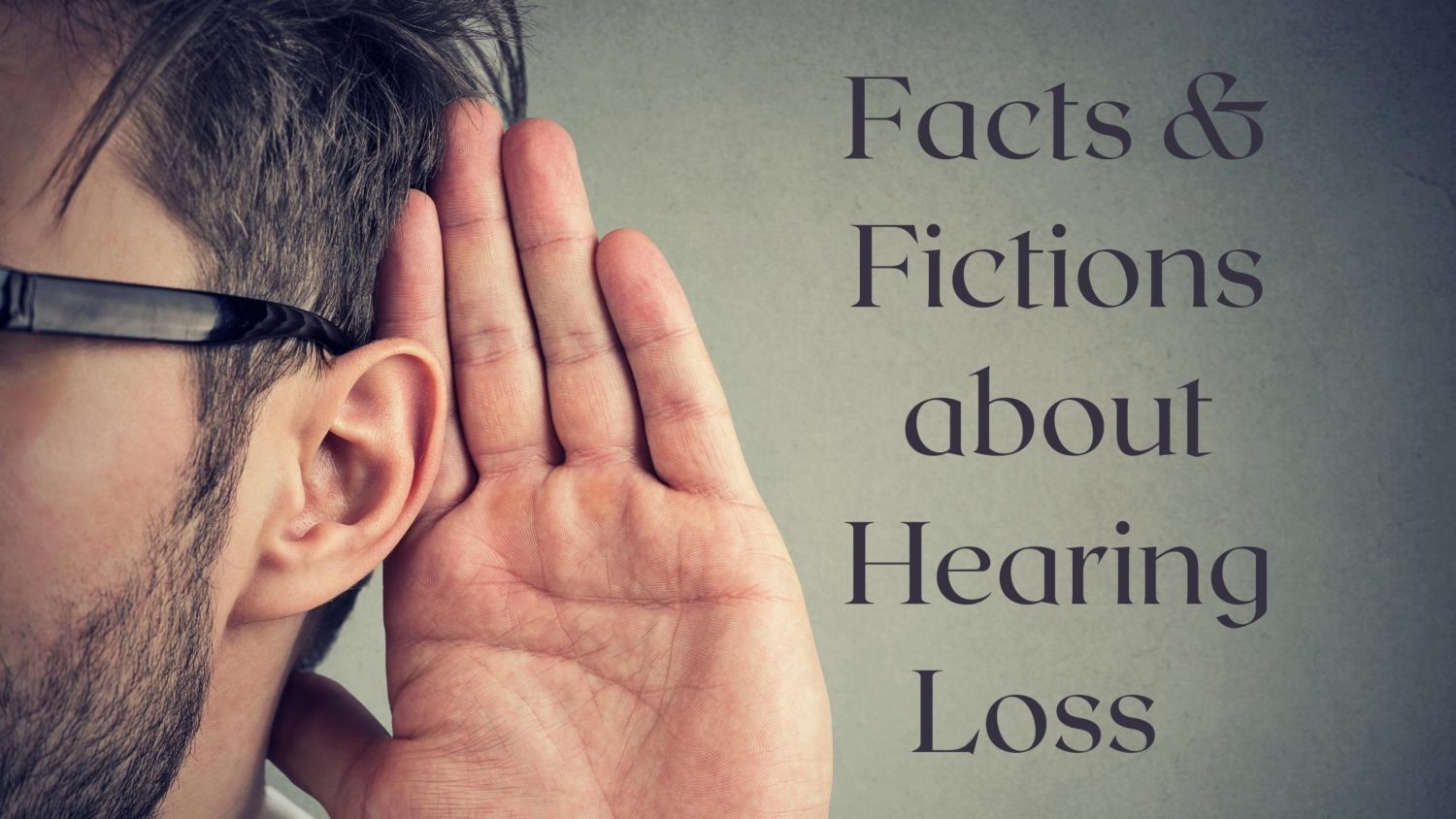- Tips for Using Hearing Aids in Different Environments - May 27, 2025
- Rechargeable Hearing Aids vs. Battery-operated Hearing Aids - May 16, 2025
- How to Effectively Communicate with Someone with Hearing Loss - May 7, 2025
Although roughly 48 million Americans have some form of hearing loss, many of us remain confused about the facts regarding this common condition. Those who have hearing loss may understand some things from a first-hand perspective, but that doesn’t mean there aren’t some old myths rattling around in their minds. All of us could use a refresher course on the nature of hearing loss, what it means for individuals, and what we can do in terms of treatment. The new hearing aid technology is truly remarkable, and we can trust that it is only going to develop more features and offerings in the future. Understanding the nature of hearing loss is essential to self-assess when it’s time for assistance.
Fact: Hearing loss affects more than your ears.
Those who have hearing loss are more likely to develop a wide range of health conditions. These conditions range from physical, such as cardiovascular disease and diabetes, to cognitive, such as dementia. In some cases, it seems like an underlying health condition leads to both hearing loss and other issues. In other cases, it seems like hearing loss is actually a causal factor in these other outcomes, such as mental health issues and cognitive decline. These relationships do not mean that every person with untreated hearing loss will develop these conditions but rather that your risk is far greater.
Fiction: Only older people need to worry about hearing loss.
Although it is true that older people are the most likely to develop hearing loss, they are not alone among those who can develop the condition. In fact, young people are developing hearing loss at much higher rates than previous generations. Many point to the increase in recreational noise coming from media players, concerts, headphones, and earbuds as a potential cause of this increase. With these facts in mind, we should dissuade ourselves of the fiction that hearing loss is only for the elderly.
Fact: Some hearing aids are compatible with other forms of media.
The latest hearing aids are able to sync with other forms of media, making them seamlessly woven into your life. Take for instance, the confusing moment when the phone rings. Some people with hearing aids were hesitant to pick up the phone, worried that it would cause feedback or whistling. The latest hearing aids can connect with your smartphone through Bluetooth or other syncing technology, making it possible to hear the audio of the phone call directly to the devices. The syncing possibilities don’t stop there. You can also use these aids to send audio from phone notifications, music players, videos, audiobooks, podcasts, and even television directly to your ears.
Fiction: It’s okay to get by without hearing aids for a long time.
People are remarkably skilled at filling in the gaps in understanding when they have hearing loss. We use all of our senses to complete the puzzle of a conversation, and the remaining gaps require some guesswork. Some people just take a stab in the dark and hope for the best, while others tend to ignore speech that they don’t understand. These workarounds might seem harmless at first, but in fact, they are quite risky for your hearing and other health needs. Untreated hearing loss can create a domino rally of other cognitive, mood, and health concerns, even for those who feel like they are getting by fine. The sooner hearing aids are incorporated into your life, the better able you will be to learn to integrate them and communicate with others.
If any of these facts or fictions came as a surprise to you, the time is now to make an appointment with us! The first step will be to get a hearing test to assess your current ability. Hearing health is an important part of your overall health and wellbeing! With the other benefits for health and wellness in mind, why not take the first step and contact us today?

